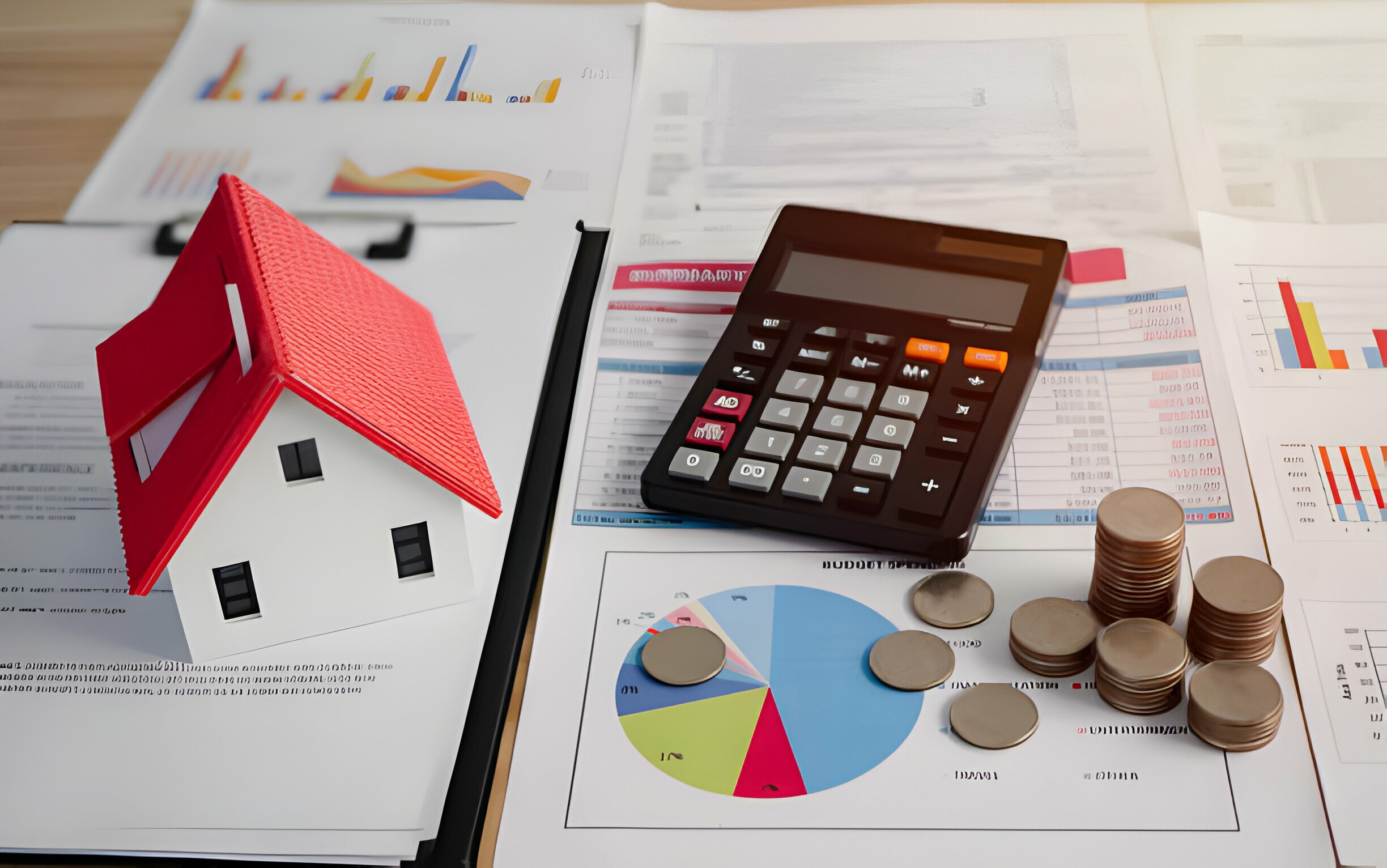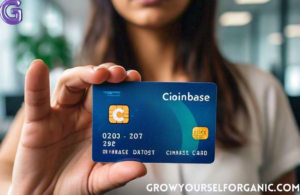Apps to Help Pay Off Credit Card Debt
Have you been struggling with a growing pile of credit card debt for months or even years? Do the interest charges and monthly minimum payments seem impossible to overcome?
If so, you’re not alone – millions of Americans face the stress and financial strain of unpaid credit card balances. However, there is hope. In today’s digital age, several apps now exist that can help motivated individuals tackle debt in a structured, goal-oriented way.
Understanding Credit Card Debt and Interest
Before diving into specific apps, it’s important to have a basic grasp of how credit card debt works financially. Credit cards were designed to be convenient but come with one major drawback – the accruing interest charges. When a balance is carried over from month to month without being paid in full, interest begins accumulating right away.
Credit card interest rates are typically much higher than other types of loans, often hovering around 20% annually or higher. This means that for every $1,000 unpaid, an extra $20 or more in interest is added each year.
Unless aggressive payments are made, the consumer will never catch up because the interest charges keep building on top of the existing balance.
It’s also critical to realize that minimum monthly payments on credit cards are deceptively low and designed primarily to generate interest income for the card company rather than pay down the balance.
As an example, someone with a $5,000 balance and a 20% APR would have a minimum payment of around $100-150 each month. However, based on the interest charges alone, that person’s balance would continue growing by over $80 per month. Over time, it can become very discouraging to watch balances swell despite diligent minimum payments each cycle.
Simply put, to make real progress paying off revolving credit card debt, you need to pay significantly more than the minimum each month.
Setting Goals and Creating a Debt Payoff Plan
The most important thing any consumer can do when trying to get out of credit card debt is to create a clear, actionable plan. This is where debt management apps come in extremely handy. Some key features all effective payoff planning apps provide include:
Tracking Balances and Interest Rates
The app allows the user to input all their credit card and loan balances, APR percentages, and minimum payments in one centralized place. This gives a clear overview of the total debt owed across all accounts.
Setting Debt Payoff Date Goal
Users choose a target date, such as 18 months from now, by which they aim to be debt-free. The app then helps develop a customized payment schedule to hit that goal.
Calculating Monthly Payment Amounts
Based on the entered balances, interest rates, and goal date, the app calculates the minimum additional payment needed beyond minimums each month to succeed. This payment schedule is dynamically adjusted if the user stays on track or misses a month.
Automatic Budgeting and Expense Tracking
Many apps sync with bank accounts and payment apps to track spending across categories. This helps identify areas where cuts can be made to free up extra funds each month for debt repayment.
Motivational Reminders and Progress Reports
Notifications, gamification features, and at-a-glance repayment progress bars keep users engaged and working towards their goals. Seeing the light at the end of the tunnel is crucial.
Now that the core planning elements are clear, we’ll explore some of the most well-regarded debt payoff apps in more detail. Armed with the right tools and strategy, getting debt-free is very achievable.
Examples of Effective Debt Payoff Apps
Mint – Simple Budgeting and Debt Tracking
Mint is one of the pioneers of free personal finance management apps. While not focused solely on debt repayment, it remains a favorite for many due to its intuitive design and broad functionality. Here are some key features:
Connects to Bank and Credit Accounts
Mint automatically downloads transaction data to get a full picture of income, expenses, and account balances without manual entry.
Built-in budget Templates and Custom Budgets
Preset templates make it easy to get started budgeting right away. Users can also create fully customized budgets tailored to their unique priorities.
Debt Overview and Minimum Payment Reminder
Debt accounts are shown on the dashboard with amounts owed and due dates. Mint will also send payment reminders.
Spending Analytics and Tracking Tools
Powerful reports break down spending by category to uncover where cuts can be made each month to redirect funds to debt repayment.
While Mint doesn’t dictate a specific debt payoff strategy, it remains one of the top choices for its user-friendly all-in-one money management tools. Downloading transactions helps ensure accurate budgeting and debt tracking.
Klarna: Focus on One Account Payoffs
Instead of tackling all debt at once, Klarna takes a different approach focused on aggressively paying down individual accounts. Here’s an overview:
Picks One Credit Card to Attack First
Users select their highest interest card to pay off as quickly as possible before moving to the next card.
Custom Calculator Sets Target Payoff Date
Klarna analyzes the selected card balance, payments, and interest to project the earliest possible payoff date if extra funds are applied each month.
Daily Tasks for Extra Motivation
Daily or weekly mini-challenges encourage activities like window shopping without buying to save more for debt repayment.
Automatic Payments Pull Extra Funds Monthly
Users schedule recurring automatic transfers of the calculated additional monthly payment directly from their bank account.
By zeroing in on the costliest card first, Klarna’s method can help quickly eliminate high-interest debt. However, it may leave other accounts still owing for a longer period.
You Need a Budget – Zero-Based Envelope Budgeting
You Need a Budget (YNAB) uses a unique envelope-style budgeting approach that is perfect for allocating extra funds to debt repayment each month. Here’s an overview:
Gives Every Dollar a “Job”
A budget allocates each after-tax dollar to specific spending areas like housing, food, transportation, and debt repayment.
Lives on Your Mobile Device
The app handles budgeting on the go by syncing across devices for easy access anytime.
The Rule of 4 Ensures Accuracy
Rigorous rules force truth in budgeting to avoid overspending in any category.
Reassures with Progress Bars
Visual progress bars update in real-time as users stay on track with financial goals like paying off debt.
By following YNAB’s strict but practical zero-based method, it is very feasible to direct windfalls, and even small amounts each month, directly to credit card balances until zeroed out. The app rewards diligent budgeting.
Debt Freeze: Gamified Debt Snowball Method
Debt Freeze takes a playful approach to debt repayment inspired by video games. Here are its key mechanics and features:
Teams You Against Different Debt Categories
Users battle specific types of debt like credit cards or student loans to earn points and advance levels.
Assigns Debt “Bosses” to Defeat
The app personifies debt as opponents to overcome through hitting payment milestones.
Tracking of Extra Payments as Attacks
Any amounts paid above minimums each month are logged as damage done to weaken debt “bosses.”
Rewards for Staying on Track with Quests
Completing daily, weekly, and monthly financial challenges unlock achievements and new quests.
By leveraging gaming mechanics, Debt Freeze makes budgeting and consistent debt payments entertaining. Its debt snowball approach systematically “levels up” users towards the final boss – total debt freedom.
As you can see, there are now many effective app options on the market tailored to different debt repayment strategies and individual needs. The key is finding one that suits your priorities and lifestyle best so the journey is sustainable. With commitment and the right digital tools, paying off credit card debt is extremely achievable.
FAQs about Apps for Credit Card Debt Payoff
Here are answers to some frequently asked questions:
Are these apps really free to use?
Some apps like Mint are completely free indefinitely with all core budgeting and debt tracking tools. Others are free to try initially but later require a monthly subscription. Make sure any premium features required to utilize advanced debt repayment planning tools are affordable long-term.
Do the apps share my financial data securely?
All reputable personal finance apps take strong measures to keep user data private and safe from unauthorized access. Look for apps that use bank-level encryption, do not sell data to third parties, and have good reviews regarding security and privacy policies.
What if my situation changes? Can I adjust my plans?
All apps discussed allow full customization of inputs like income, expenses, balances, and payment amounts. Goals and budgets can be easily adapted if a job loss, unexpected expense, or windfall alters someone’s circumstances while paying off debt.
How long does it typically take to pay off $10,000 in credit card debt?
It depends on several factors, like the interest rate, monthly payment amount, and whether extra payments can be made each month. However, on average, it may take 3-5 years to pay off $10,000 if only making minimum payments. By paying a few hundred dollars extra monthly, it could potentially be paid off in under two years. Using a debt payoff app can help calculate the fastest timeline.
Can I still use an app if I have debt on multiple cards?
Yes, all the apps mentioned allow tracking balances and payments across multiple credit cards or other debt types in one convenient place. They provide customized payoff strategies, whether tackling one card at a time or all debt simultaneously.
How do I choose which debt payoff app is best for my situation?
Consider factors like the type of budgeting/payment approach that matches your lifestyle best, reviews of users in a similar position, the level of customization needed, and any costs. Speaking to a nonprofit credit counseling agency can also help evaluate options.
Share this content:













Post Comment